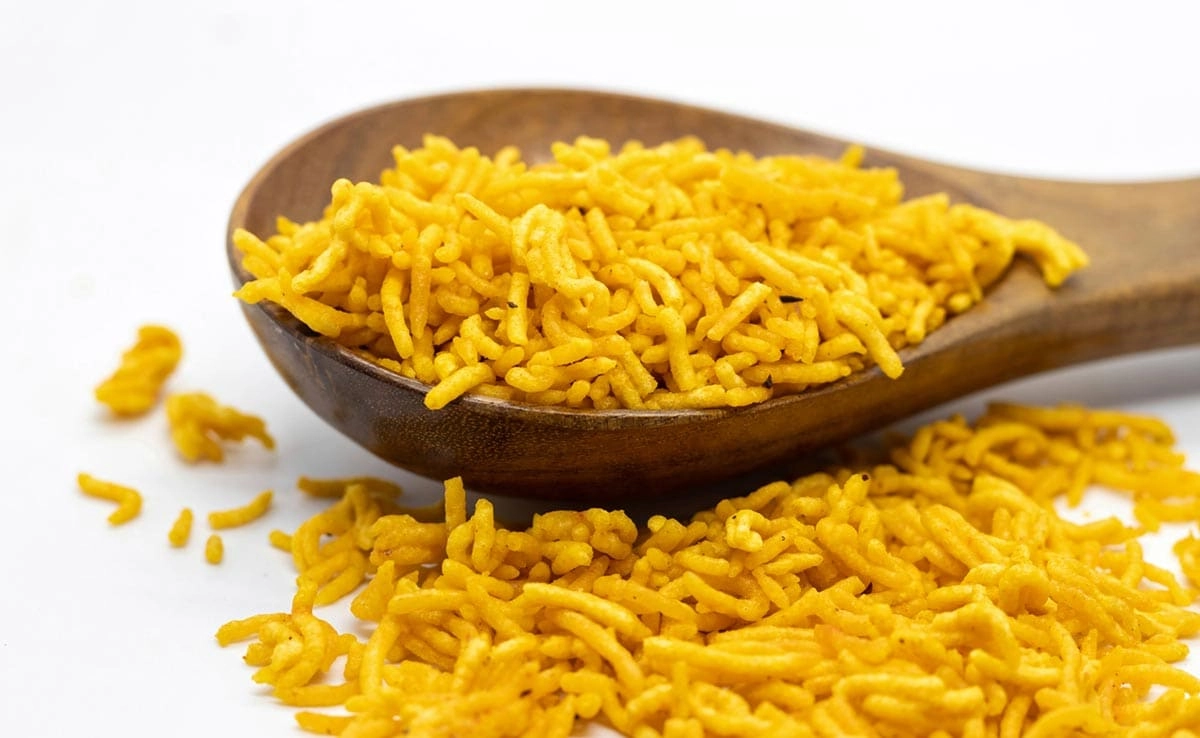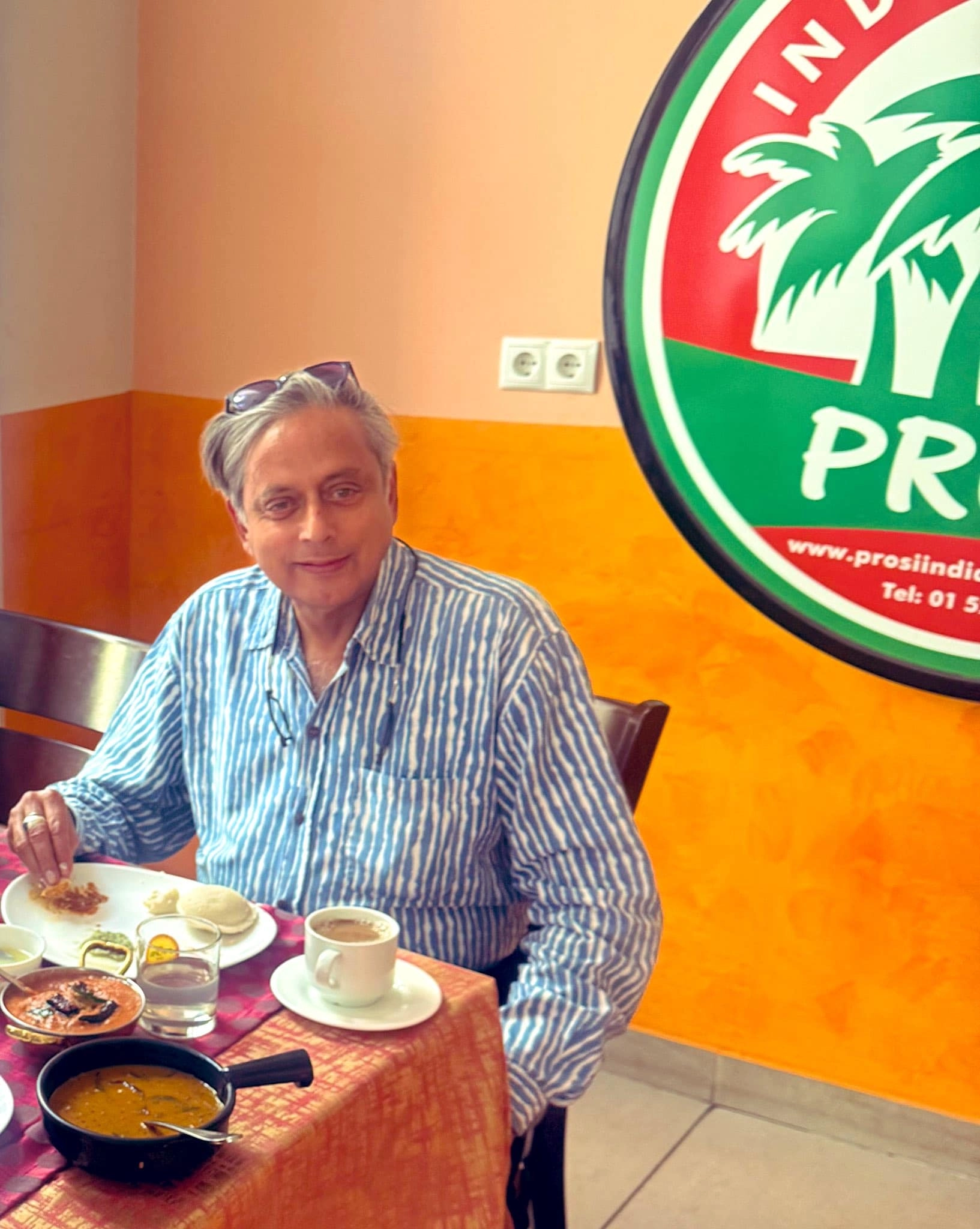When it comes to Indian snacks, the world of crunchy treats is vast and varied, but two names that often come up in conversations are Bhujia and Sev. While both are beloved for their delightful crunch and savory flavors, they have distinct characteristics that set them apart. Bhujia is a traditional snack originating from Bikaner in Rajasthan, known for its unique blend of spices and its crispy texture. Made primarily from gram flour, Bhujia is seasoned with a mix of spices such as turmeric, red chili powder, and ajwain, giving it a robust flavor profile that is hard to resist. Its preparation involves a meticulous process of frying the gram flour dough into thin strands, which are then tossed with a variety of spices to create that signature taste.
On the other hand, Sev is a more generalized term used for crispy noodles made from gram flour, popular across various regions of India. While it also consists of gram flour, Sev typically has a lighter and more delicate texture compared to Bhujia. The seasoning for Sev can vary widely, and it may not always carry the same level of spiciness that Bhujia is known for. Sev is often used as a topping for various dishes, such as chaats or as an accompaniment to tea, while Bhujia is primarily enjoyed on its own or as a snack. This versatility allows Sev to be an essential ingredient in many culinary applications, whereas Bhujia is more of a standalone snack.
In terms of cultural significance, Bhujia holds a special place in the hearts of many, particularly in Rajasthan, where it is often associated with festivals and celebrations. The legacy of Bhujia dates back to the 19th century, and its unique taste has made it a popular export, loved by people both within India and abroad. Sev, while also cherished, often plays a supporting role in various dishes and is frequently found in households across the country.
Ultimately, whether you prefer the spicy crunch of Bhujia or the versatile, lighter texture of Sev, both snacks offer a delightful experience that showcases the rich culinary traditions of India. They each have their unique qualities, flavors, and uses, making them staples in the diverse world of Indian snacking. Choosing between them often comes down to personal preference, but understanding their differences adds an extra layer of appreciation for these beloved treats.




